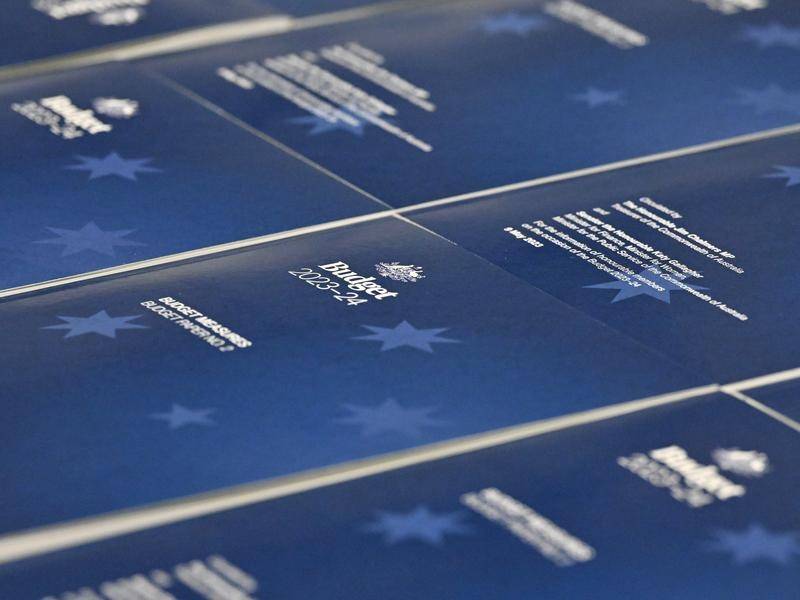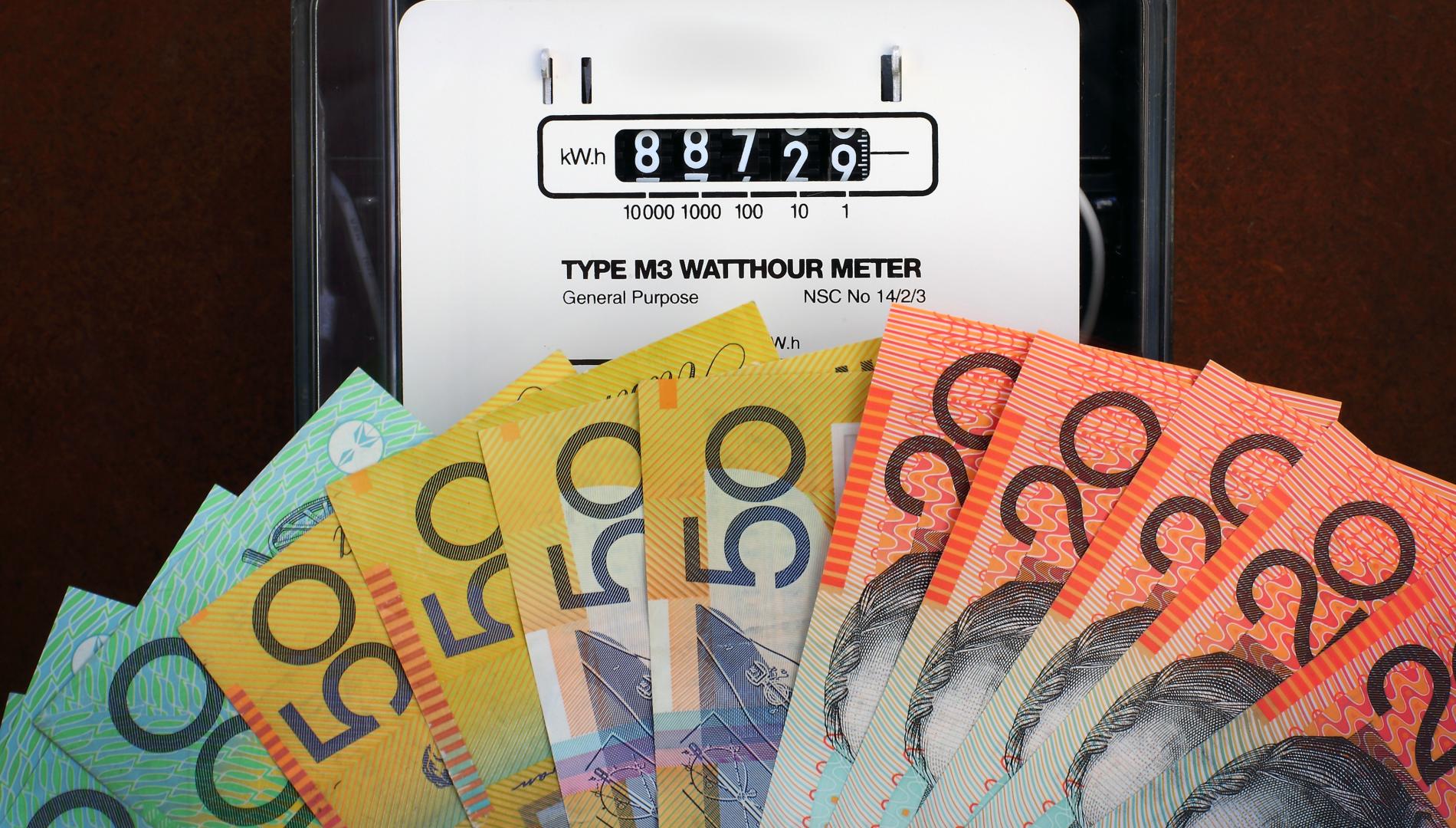Federal budget 2023-24: Lean, mean, with much less green, but back in black
Yes, this is our second federal budget inside a year, as 2022, unusually, produced two budgets – one from the LNP, and later, one from the ALP. Actually, it’s three budgets in 14 months; don’t forget the pre-election one in March 2022.
Long gone is the idle chatter around reducing or deferring the stage three tax cuts, which peppered pundits’ commentaries before the ALP’s October 2022 budget.
You’ll hear nothing but trumpets regaling lower taxes in 2024, when they go live on 1 July. Although stage three tax cuts will cost more than $250 billion in revenue over 10 years, it’s politically unthinkable to meddle with them – at least, not before the next election (date to be confirmed).
Cost-of-living relief for low-income Australians is at the heart of Treasurer Jim Chalmers' second economic blueprint for Australia. @Fi_Willan #Budget2023 #AusPol #9News pic.twitter.com/yUEbAuhp2n
— 9News Australia (@9NewsAUS) May 9, 2023
The 2023-24 budget’s centrepiece is a $15 billion cost-of-living package and a return to surplus for the first time since 2007.
But this is not the kitchen-sink, big-spending budgets of yore. Budgets now must be lean, mean, with much less green. Recent initiatives have also been cut back, such as the NDIS, due to its exponential growth.
But the core reason why spending has been wound back is due to the “I” word. Yes, inflation. Long thought to have disappeared in a smoky ’70s haze, alongside Paul McCartney’s worst output and ochre skivvies, inflation made an unwelcome return in 2022–23, on what is probably not its farewell tour.
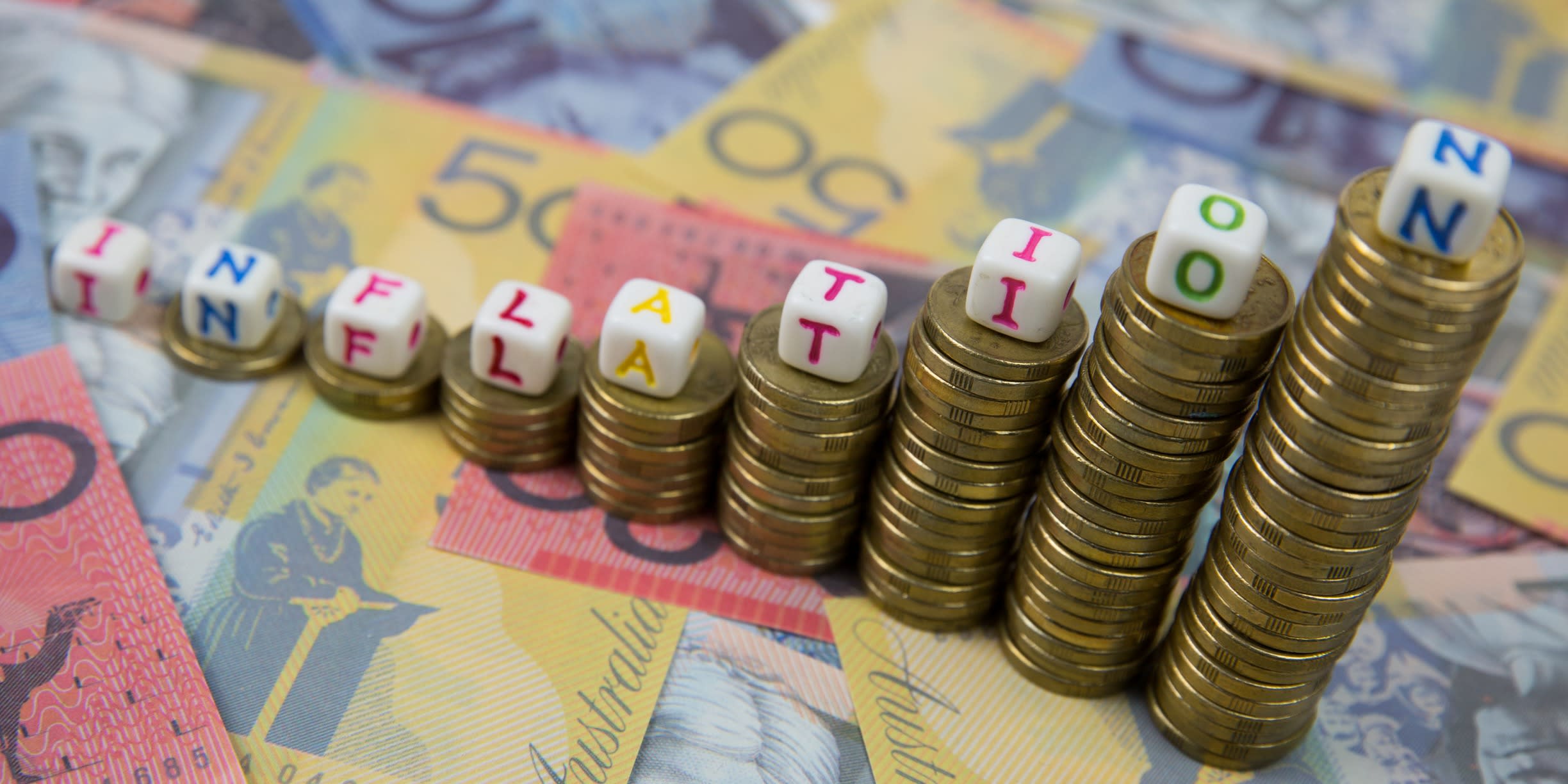
In March 2023, Australia’s annual inflation rate (year-on-year) stood at 7.0%. This is causing households considerable pain, but it could be worse – you could live in the UK. Britain’s annual inflation was 12.7%. Or maybe try Turkey’s 55%?
If you really want to see what central bank monetary discipline looks like, head on over to Argentina and sample its hearty 91% interest rates. Yes, you read that correctly.
The gambler
The contradiction at the core of this budget is clear – on the one hand, a surplus is designed to combat an overheating, inflationary economy. But going forward, global growth is forecast to slow to 1.5% in 2024, which means – in just 12 months – the government will be forced to turn the fiscal faucets on again to boost liquidity in an under-capacity economy.
The inflation bug-bear, interestingly enough, will not be conquered, even in 2024-25, which indicates the RBA will not make significant rate cuts over the next 24 months.
But the reality is, neither Treasury nor the RBA have any real control over interest rates; those decisions are made in Washington DC, by the Board of Governors of the Federal Reserve.

This is a high-wire balancing act. On the one hand, the Treasurer was compelled to ameliorate the cost-of-living crisis, particularly for precarious, low-income earners. On the other hand, Jim Chalmers could not resort to the direct fiscal injections that characterised the Rudd and Morrison governments during the global financial crisis (GFC) and the COVID-19 pandemic, respectively.
Instead, the Treasurer has been compelled to implement a degree of austerity. An expansive budget would run counter to the monetary discipline the RBA has enforced, with 11 interest rate increases in the past 12 months.
Budget cuts withdraw liquidity from the economy; its fiscal laxity, plus JobKeeper and JobSeeker subsidies throughout the COVID-19 period (and the lockdowns, during which there was little to spend your money on) led households and businesses to do something very un-Australian – save.
And save we did. More than $400 billion, in fact, or about 20% of GDP.
In 2022–23, that spending splurge, combined with the Ukraine war, ramped up energy, food and resources prices and supply-chain shortages. These are largely responsible for prolonged inflation.
Of course, throughout the GFC and COVID (2008–2021), the fact that every major central bank effectively printed money for more than a decade has helped fuel the deluge of liquidity and the unprecedented zero interest rates that characterised the 2010s.

Of course, wages have not kept up; indeed, wages have been flat for more than a decade since the GFC. In 2023-24, Treasury forecasts wage growth at 4.0%. Pretty healthy, you might say? But real wages (wage growth - inflation = real wages) will grow 0.7% in 2023-24, and a paltry 0.5% in 2024-25. Yes. I know how you feel.
Paint it black
The politics of delivering the first budget surplus in 15 years is clear – it paints Labor as fiscally prudent and the former LNP government as incompetent. However, crafting a relatively austere budget during a housing and cost-of-living crisis also exposes the ALP to widespread criticism.
The modest $4 billion surplus is a flash in the pan; a nod to inflationary pressures. A deficit of $13 billion is already forecast for 2024-25, although deficits will be lower for the next several years.
Despite the surplus, there’s still an underlying structural deficit. In other words, in the absence of windfall revenues from high resources prices and virtually full employment, recurrent budgetary outlays will exceed revenues going forward, unless explicit cuts are made. Placing a ceiling on NDIS annual growth is one example.
But the government is actually spending more this year. So where is the boost to the government’s bottom line coming from?
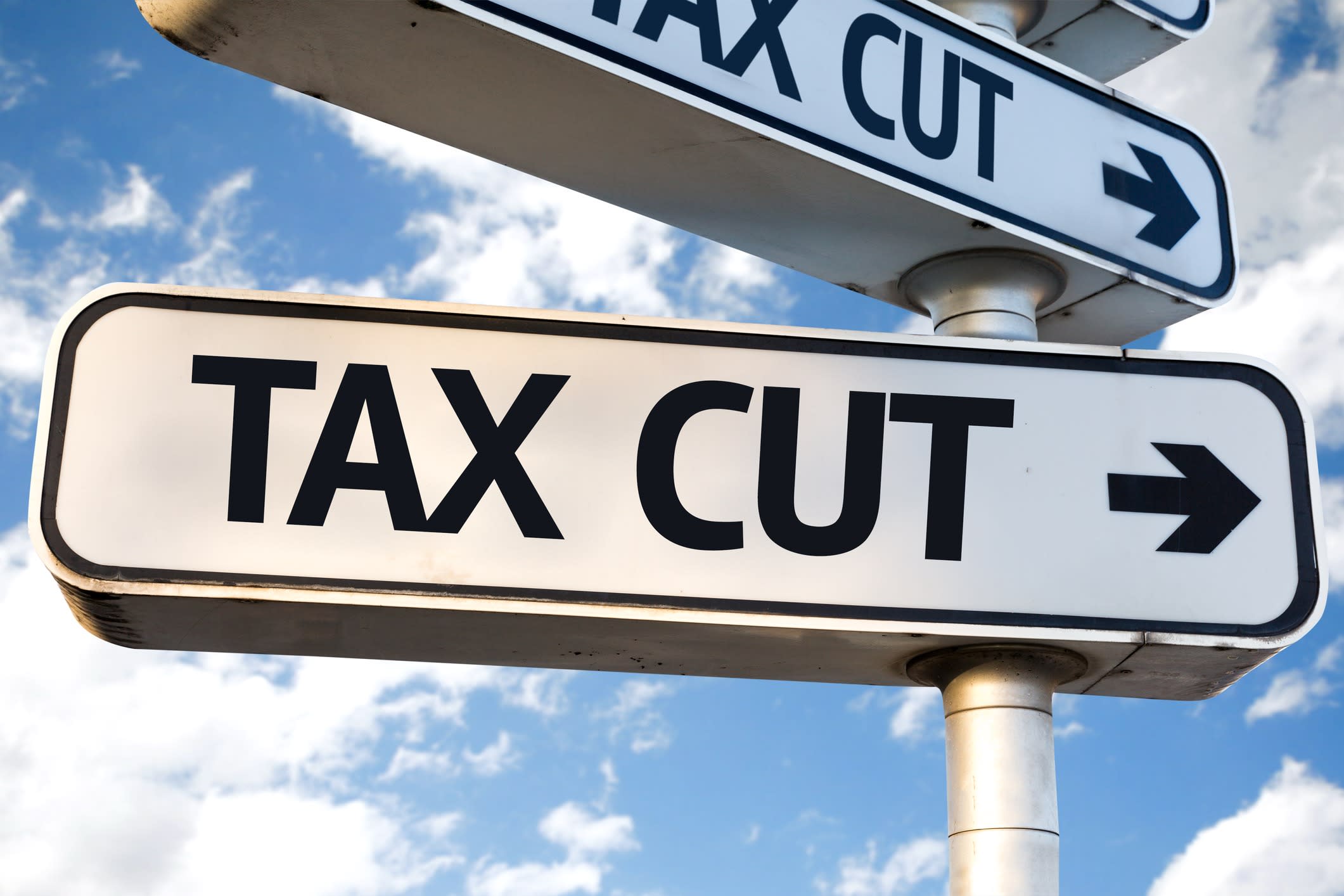
Tax revenues, for a start – 50% of $300 billion in revenue comes from income taxes from wage and salary-earners. Corporate taxes will also contribute more than $40 billion extra over the next two years.
Labor is also introducing a modest (0.45%) increase in the Petroleum Resource Rent Tax (PRRT), with $2.4 billion in additional revenue over four years, merely by reducing tax offsets. Major exports, such as iron ore, have tracked at over US$110 per tonne since December 2022, although prices will moderate over the next 12 months.
However, the PRRT is a drop in the ocean compared to the revenues built by Norway – the model we should all be duplicating – which boasts a $1.1 trillion sovereign wealth fund, the world’s largest, built on a 78% tax on oil and gas profits.
Masters of war
Defence has big-ticket items, such as the nuclear-powered submarines and missile programs, albeit amortised over 30 years or more. To pay for the good ship SSN AUKUS, the government has run a scythe through projected army expenditures, such as the long-awaited infantry fighting vehicle, for which Korea’s Hanwha is widely viewed as the likely contractor.
The March 2023 Defence Strategic Review slashed purchases from 450 to 129 vehicles. Swallowing the cuts in one gulp, the navy’s submarine project accounts for almost half of the additional $19 billion projected to be spent in 2023-24.
When I’m 64
Cost-of-living measures include $40 a fortnight for those aged under 55 on JobSeeker, Austudy and youth allowance. There’s a higher payment for over-55s, with the Treasurer noting that many senior Australians have little or no superannuation. Rental subsidies also increase $15 per week.
The budget also devotes more than $11 billion to aged care, with the 250,000 workers in the sector receiving a 15% pay increase, or up to $10,000 per annum.
Public healthcare has suffered in recent years as fewer GPs now bulk-bill, placing pressure on family budgets to pay up-front costs. This budget triples incentives to medical practices to bulk-bill with a $3.6 billion boost as part of a $5.7 billion package.
A big incentive for doctors to bulk bill, a rise in JobSeeker and extra rent assistance are highlights of #Budget2023.
— The Conversation (@ConversationEDU) May 9, 2023
💸 The budget is aimed at the most vulnerable, and has a significant focus on women, according to @michellegrattan.#auspol #ausecon https://t.co/KCYX5gXlIh
Reforms to single parents’ payments have proven controversial, mostly because successive governments, from Gillard to Morrison, hacked back benefits. This budget extends payments until the youngest child turns 14, overturning previous policy, which cut out at eight years.
This gives single parents an extra $4600 per annum. The Australian Council of Social Services (ACOSS) called for considerably more. Labor’s spending on childcare subsidies will also increase by $9 billion over four years.
The heat is on
About 5.5 million households will receive up to $500, and small businesses up to $650, in energy subsidies, although amounts will vary regionally, according to pricing and the level of co-contributions by state and territory governments.
However, government caps on electricity and gas, despite the price rises, have seen energy prices increase by 10%, instead of the 36% forecast originally. There’s also a $1 billion fund supporting low-interest loans for home improvements that target solar and insulation.
Burnin’ down the house
There’s little in this budget that addresses housing or rental unaffordability. Housing initiatives, launched in Labor’s October 2022 budget, abound.
But in an economy with an undersupply of skilled construction workers, a significant proportion of whom have been absorbed by major infrastructure projects, the ALP’s one million houses that it “aspires” to build over the next five (now four-and-a-half) years remain pie in the sky.
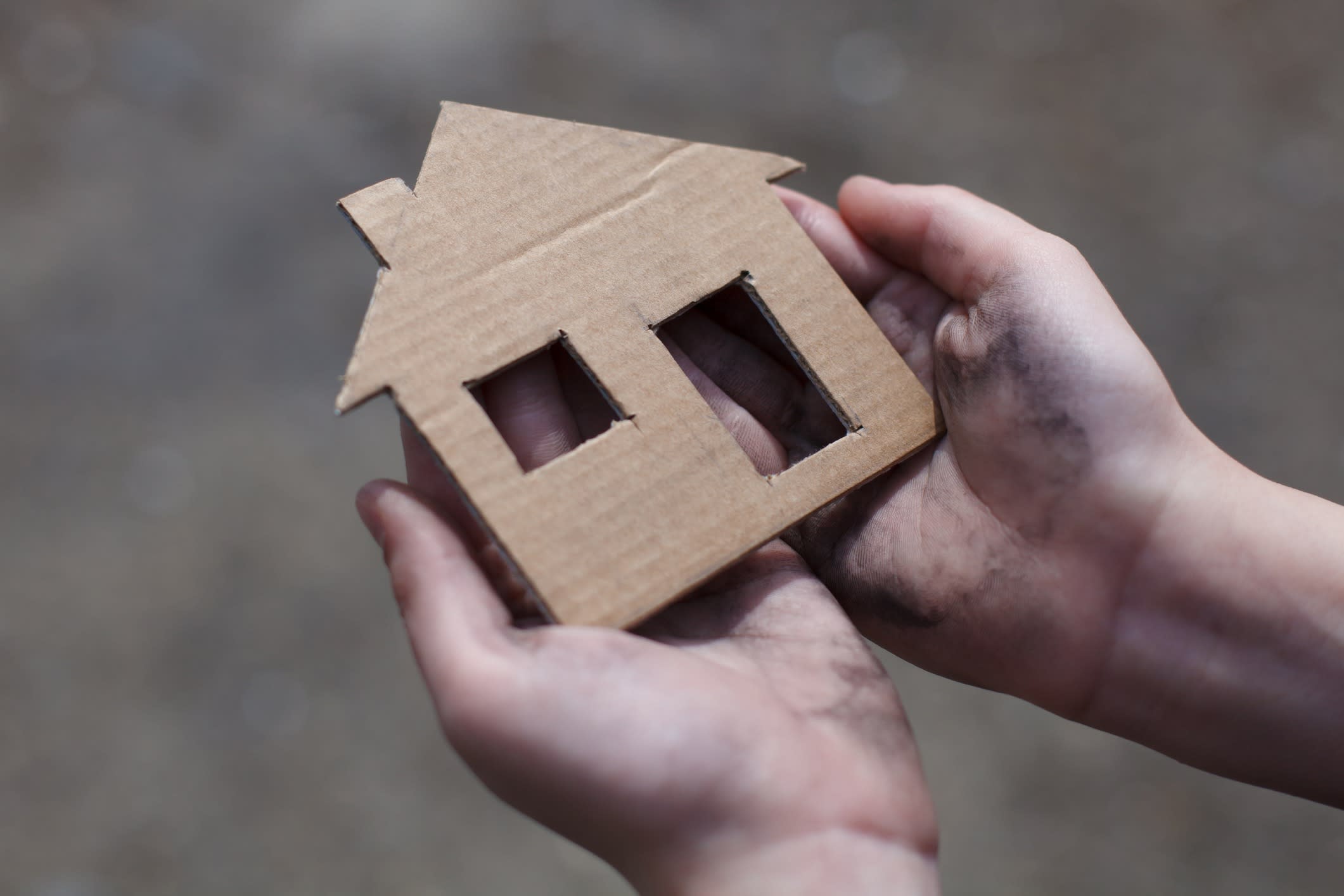
But housing policies that are political dynamite, which address affordability, such as the abolition of negative gearing, or a reduction of the generous 50% capital gains tax concession, are nowhere to be seen.
Housing unaffordability is the great intergenerational challenge of our age, and both the government and opposition have a telescope to the blind eye.
Welcome to inflation. We hope you enjoy your stay.
